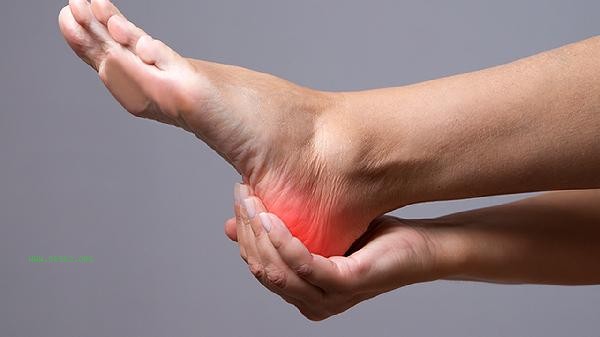When exercising the quadriceps, there are advantages to hooking and stretching the feet, and the specific choice depends on the training objectives and individual situation. Hooking the foot focuses more on isolated stimulation of the inner head of the quadriceps muscle, while stretching the foot can enhance the overall muscle group's coordinated force. In the hooked foot state, the patellar trajectory is more stable when the knee joint is extended, making it suitable for rehabilitation or trainers who need to strengthen the medial head. This posture reduces hip joint compensation, allowing the inner fibers of the quadriceps muscle to fully contract. It is commonly seen in sitting posture with leg flexion and extension, supine posture with straight leg lifting, and other movements. However, long-term single use may cause muscle imbalance and require adjustment with other movements.

Stretching foot movements can activate the full range of quadriceps muscle fibers, especially when performing multi joint compound movements such as squats and lunges, which can help improve lower limb explosiveness and stability. When stretching the foot, the angle of dorsiflexion of the ankle joint increases, forcing the lateral head of the quadriceps and the rectus femoris muscle to participate more actively, which is suitable for functional training and improving athletic performance. However, the pressure on the knee joint is relatively high, and caution should be exercised when using it for those with knee joint discomfort.

It is recommended to alternate between two foot postures in the training plan, with the initial focus on establishing basic strength through tight foot movements, and the later addition of hook foot movements to specifically strengthen weak areas. During training, it is necessary to maintain core stability and avoid lumbar compensation. It is advisable to control each movement 12-15 times to reach exhaustion. Arranging 2-3 sessions of quadriceps specific training per week, combined with exercises for the hamstring and gluteal muscles, can effectively prevent sports injuries and promote balanced muscle growth. Timely relaxation and static stretching of foam shaft after exercise will help relieve muscle tension.









Comments (0)
Leave a Comment
No comments yet
Be the first to share your thoughts!